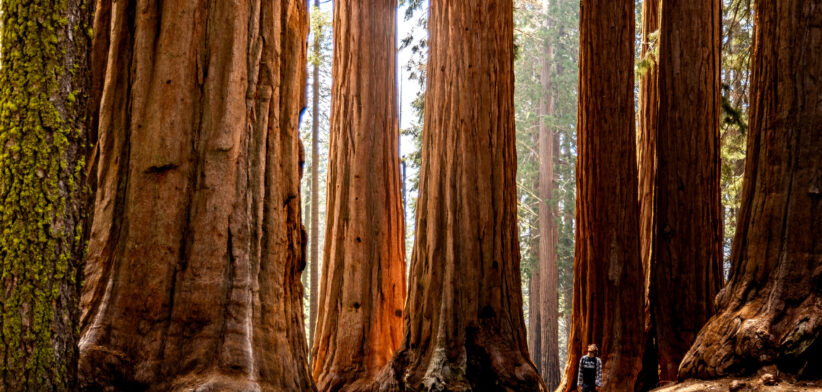Forest scientists have long wondered why the growth of trees tends to slow down after they develop their full leaf canopy.
One of the popular explanations, known as the “hydraulic limitation hypothesis”, suggests the slower growth is linked to water stress in the upper leaves as the tree transports water ever higher from the soil.
Under this hypothesis, it is believed that this water stress reduces their photosynthetic capability and therefore the rate at which the tree can grow.
New research by Southern Cross University Adjunct Professor Phil West suggests the growth equation is more complex.
His analysis of data from forests around the world revealed that the photosynthetic production of trees did not decline as they got older, but their growth did.
The findings ran somewhat counter to the hydraulic limitation theory and opened the door for a deeper explanation of the growth trends.
Some of the answers could be found in the work of American scientists who climbed some of the tallest trees in the world to study tree characteristics at different levels.
“To their surprise, they found that leaves right at the top of the trees seemed able to carry out photosynthesis just as well as leaves much lower down that were not subject to as much water stress,” Professor West said.
“When they looked in fine detail at the structure of the leaves, they found enormous differences at different heights up the tree.
“The leaf from the top has characteristics such as more tissue capable of photosynthesis and shorter distances for carbon dioxide taken in from the air by the leaves to reach those tissues; such differences give those leaves a greater photosynthetic capacity, even though they suffer greater water stress.
“However, such leaves are more costly for the tree to construct.”
Professor West said this cost meant that the tree had less energy to build new tissues, such as the bigger trunk it needed to keep it standing upright as it grew taller.
Hence, its growth rate slowed as it used more and more energy to construct those costly leaves.
Professor West said the findings were useful to inform forest management based on the requirements of the particular area.
They could, for example, inform management for carbon capture or the optimum period for regeneration of plantations to produce timber.
“It is not as simple as just growing more forests as big as you can to store the maximum amount of carbon, as some would have you believe,” Professor West said.
“That is not to say that growing more forests is not a good way to reduce carbon dioxide in the atmosphere.
“But just how long one grows those forests, before net absorption of carbon dioxide by younger forests becomes worth more, becomes an issue for forest management to determine the optimum age class distribution of forests that should be grown.”
Professor West said the data suggested the amount of photosynthesis happening in a forest depended both on the forest type and the environmental circumstances where it was growing.
The ultimate height of a tree depends on a lot of factors, including its genetics and location.
In forests, the trees compete with each other and with other plant types “to optimise their circumstances” and be “winners” in the evolutionary battle.
More information is available on the Southern Cross University website.








